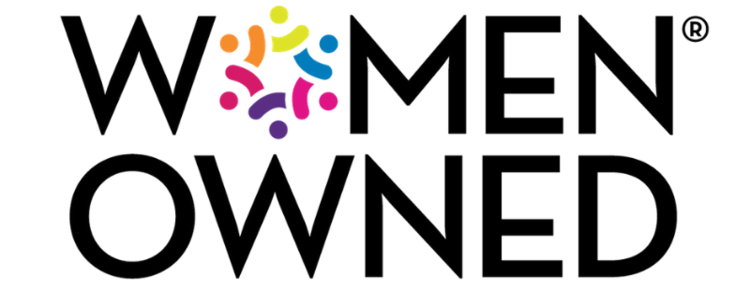Punctuation seems so simple and obvious that it can be surprising how many controversies surround it.
But first, let’s specify what we’re talking about. Merriam-Webster defines punctuation as “standardized marks or signs in written matter to clarify the meaning and separate structural units.” In other words, punctuation is a sort of textual “markup” that helps readers parse big blocks of text into more manageable chunks of meaningful information. Punctuation thus eases the reader’s task when consuming and understanding written material.
Some of the other most common forms of punctuation include
- Commas (,) separate independent clauses, phrases, and items in a series, as in this statement.
- Colons (:) separate independent clauses and often appear before explanations and lists (like the statement that came before this list of bullet points).
- Semi-colons (;) are used between clauses when conjunctions (“and”, “but”, “or”) are left out.
- Quotation marks (“”) indicate speech or dialogue or imply alternate meanings.
- Periods or full stops (.) indicate the end of a declarative statement and letters used in acronyms.
- Exclamation marks (!) indicate feeling and emphasis in a statement.
- Question marks (?) mean the phrase is making a query.
- Ellipses (…) indicates omission or missing content.
- Hyphens (-) separate words or parts of words.
- Parentheses () distinguish added information within a statement.
- Longer em-dashes (–) set off parenthetical thoughts and are often used interchangeably with parentheses.
- Spaces ( ) are blank spots or areas that separate words, sentences, and paragraphs.
That last item might have taken you by surprise. Many people don’t think of empty space as punctuation but, in writing, it serves a functional purpose in dividing text into separate units. Not all written languages use spaces, and other languages have used actual marks rather than spaces to divide words and phrases.
Punctuation can surprise in other ways, too. Did you know that the capital letters at the beginning of a sentence are themselves technically a form of punctuation? That’s because the capitalization is an indicator of a sentence beginning, just as a period or question mark is an indicator of it ending.
This is not an exhaustive list of forms of punctuation or their uses, but these are the most common. Altogether, they provide contextual information that enables readers to make sense of complex written material.
Imagine reading a document that was nothing but an endless expanse of letters with no spacing or separation. Reading such a document would be like trying to figure out a word search puzzle. Punctuation solves the puzzle for us; it enables us to parse writing quickly and easily – all with just a few notational shapes on the page. Simple, right?
Not so fast. The world of punctuation has long been punctuated (so to speak) by controversy.
The Oxford comma
Writers use commas to separate independent items in a list of three or more. For example, if a writer wanted to list a series of food production-related activities like “canning, processing, preserving, freezing, drying, marketing, storing, packing for shipment or distribution of” food, they separate each independent item with a serial comma.
But you’ll notice there’s no comma between “shipment” and “or distribution.” That lack of a comma caused sufficient confusion that it resulted in a lawsuit and a $5 million settlement. The quoted phrase above comes from a law, and confusion over that law due to that missing comma led to a serious dispute between drivers and a dairy company in Maine. According to an NBC News report:
“Judge David Barron reasoned that the law's punctuation made it unclear if ‘packing for shipping or distribution’ is one activity or if ‘packing for shipping’ is separate from ‘distribution.’”
Grammatically speaking, it’s not necessary to put a comma after the second-to-last item in a list, and many style guides advise against it, as they view it as unnecessary and superfluous. Then again, including the Oxford comma can help avoid confusion, as in the legal case above. And why wouldn’t you want to make reading easier for your readers?
So which way should you go? According to a survey from Fivethirtyeight.com, more than half (57%) of respondents indicated they favor the Oxford comma.
The em-dash
As mentioned, the em-dash – or long dash – separates out parenthetical information and independent clauses in a statement. The grammatical rules associated with the em-dash are relatively lacking, which means they’re hard to technically use incorrectly.
That, however, may have fueled their overuse. For an example of an article that’s hard to read because of its intentionally liberal use of the em-dash, read Slate.com’s “The case against the em dash.” (For an interesting counterpoint, see The Atlantic’s “The Singular Beauty of the Em-Dash.”)
In most cases, commas and parentheses work just as well without interrupting the flow of the writing as dramatically as em-dashes. Grammarians Strunk and White say, “Use a dash only when a more common mark of punctuation seems inadequate”(which isn’t much in terms of guidance!).
Ultimately, punctuation should clarify, not confuse. If a document includes so many em-dashes it becomes hard to read, it needs to reduce or eliminate them.
Emojis and emoticons
Are emojis and emoticons – those smiley and frowny faces and other gestures rendered into tiny illustrations – punctuation? There’s disagreement. On one hand, they seem to have at least informal rules associated with their use related to where and in what order they appear in a message or document. Not everyone agrees, however. Formal research published in Cognitive Research: Principles and Implications found that “while emoji may follow tendencies in their interactions with grammatical structure in multimodal text-emoji productions, they lack grammatical structure on their own.”
So, what does that mean for incorporating emojis into your writing? Since emojis are most used with informal communications, the rules governing them are much looser anyway. The only constraint is meaning: if they’re used in a way that confuses the recipient, they’ve failed in their purpose.
For other grammar spotlights, read our deep dives into verbs, adverbs, and prepositions.


